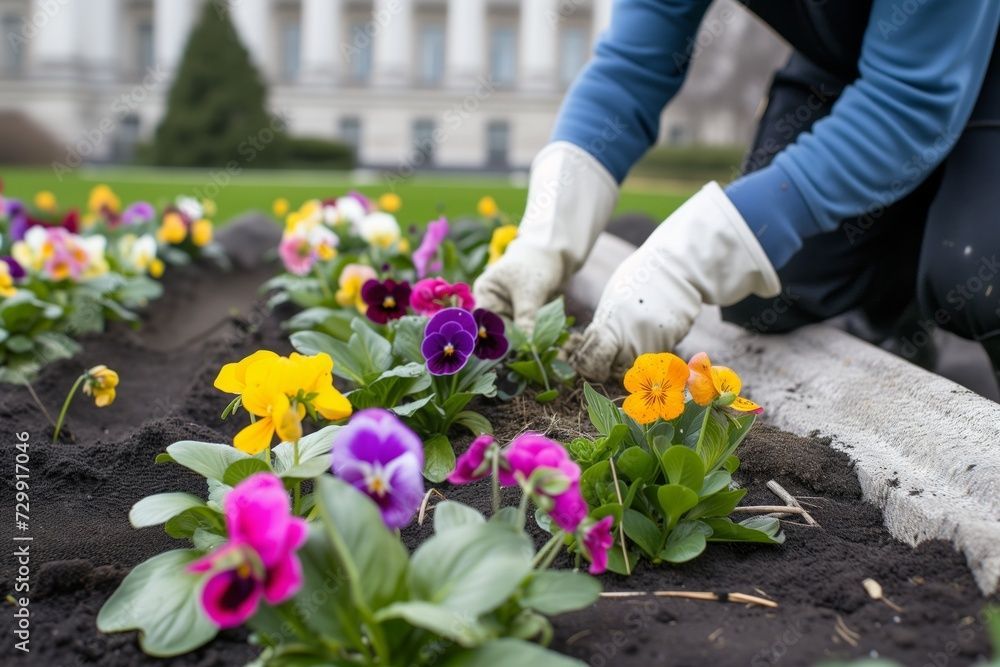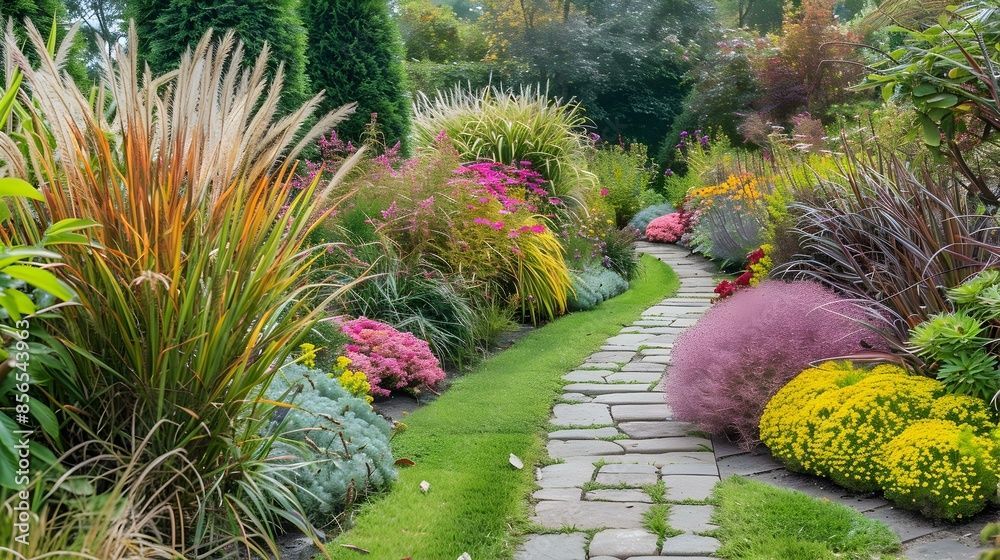Sustainable Landscaping: How to Incorporate Eco-Friendly Practices in Your Business
Sustainable landscaping is an essential consideration for modern landscape gardeners. As environmental awareness grows, clients increasingly seek landscaping services that prioritise eco-friendly practices. Incorporating sustainable methods into your business not only benefits the environment but also enhances your reputation and can attract a more eco-conscious clientele. Here are some effective strategies to help you incorporate sustainable practices into your landscaping business.
1. Choose Native and Drought-Tolerant Plants
Why It Matters: Native plants are adapted to the local climate and soil conditions, requiring less water, fertiliser, and pesticides. Drought-tolerant plants can withstand dry conditions, reducing the need for irrigation.
Examples:
- Lavender (Lavandula angustifolia): Known for its drought tolerance and fragrant flowers, lavender is ideal for sustainable gardens.
- Sedum (Sedum spp.): This succulent is perfect for dry gardens and green roofs, requiring minimal water and care.
Implementation Tips:
- Educate clients on the benefits of native and drought-tolerant plants.
- Create plant palettes that include a variety of these species for different garden styles.
2. Implement Efficient Irrigation Systems
Why It Matters: Efficient irrigation systems help conserve water by delivering it directly to the plants' root zones, reducing evaporation and runoff.
Examples:
- Drip Irrigation: Delivers water slowly and directly to the roots, minimising waste.
- Soaker Hoses: Distribute water evenly along the length of the hose, ideal for garden beds.
Implementation Tips:
- Assess each site to determine the most suitable irrigation system.
- Offer clients regular maintenance services to ensure the systems function optimally.
3. Use Organic Mulches and Soil Amendments
Why It Matters: Organic mulches and soil amendments improve soil health, retain moisture, suppress weeds, and reduce the need for chemical fertilisers.
Examples:
- Compost: Enriches the soil with nutrients and improves its structure.
- Wood Chips: Provide long-lasting mulch that decomposes slowly, adding organic matter to the soil.
Implementation Tips:
- Source organic materials locally to reduce your carbon footprint.
- Educate clients on the benefits of organic mulches and how to apply them properly.
4. Incorporate Rain Gardens and Bioswales
Why It Matters: Rain gardens and bioswales help manage stormwater runoff, reduce erosion, and filter pollutants, promoting a healthier environment.
Examples:
- Rain Gardens: Shallow depressions planted with native vegetation that absorb and filter rainwater.
- Bioswales: Channels designed to direct and filter runoff, often planted with grasses and other water-tolerant plants.
Implementation Tips:
- Identify low-lying areas on the property where water naturally collects.
- Design rain gardens and bioswales that complement the overall landscape design.
5. Reduce Lawn Areas
Why It Matters: Lawns require significant water, fertilisers, and maintenance. Reducing lawn areas in favour of alternative landscaping elements can significantly cut down on resource use.
Examples:
- Ground Covers: Use low-maintenance ground covers like clover or thyme as lawn alternatives.
- Hardscapes: Incorporate patios, walkways, and other hardscape elements to reduce the amount of turf.
Implementation Tips:
- Propose creative designs that minimise lawn areas while enhancing aesthetic appeal.
- Educate clients on the benefits of reduced lawn maintenance and resource use.
6. Use Renewable and Recycled Materials
Why It Matters: Using renewable and recycled materials in your landscaping projects helps reduce waste and supports sustainable industry practices.
Examples:
- Recycled Concrete: Use crushed concrete for pathways and retaining walls.
- Bamboo: A fast-growing, renewable resource ideal for garden structures and fencing.
Implementation Tips:
- Source materials from local suppliers who prioritise sustainability.
- Highlight the environmental benefits of these materials to your clients.
7. Promote Wildlife-Friendly Gardens
Why It Matters: Creating gardens that support local wildlife enhances biodiversity and creates healthier ecosystems.
Examples:
- Pollinator Gardens: Plant flowers that attract bees, butterflies, and other pollinators.
- Wildlife Habitats: Include features like birdbaths, bat houses, and native shrubs to provide shelter and food for local fauna.
Implementation Tips:
- Designate areas of the garden specifically for wildlife habitats.
- Educate clients on the importance of supporting local wildlife and how to maintain these areas.
Conclusion
Incorporating sustainable landscaping practices into your business not only benefits the environment but also meets the growing demand for eco-friendly services. By choosing native plants, implementing efficient irrigation, using organic materials, and promoting wildlife-friendly gardens, you can create beautiful, sustainable landscapes that your clients will love. These practices will enhance your reputation as a forward-thinking, environmentally responsible business, attracting a broader clientele and ensuring long-term success.
Contact Us: For more information on our sustainable landscaping services and plant offerings, please contact us at 0800 987 5201 or email enquiries@ukwholesaleplants.co.uk. We are here to help you create eco-friendly and thriving landscapes.














